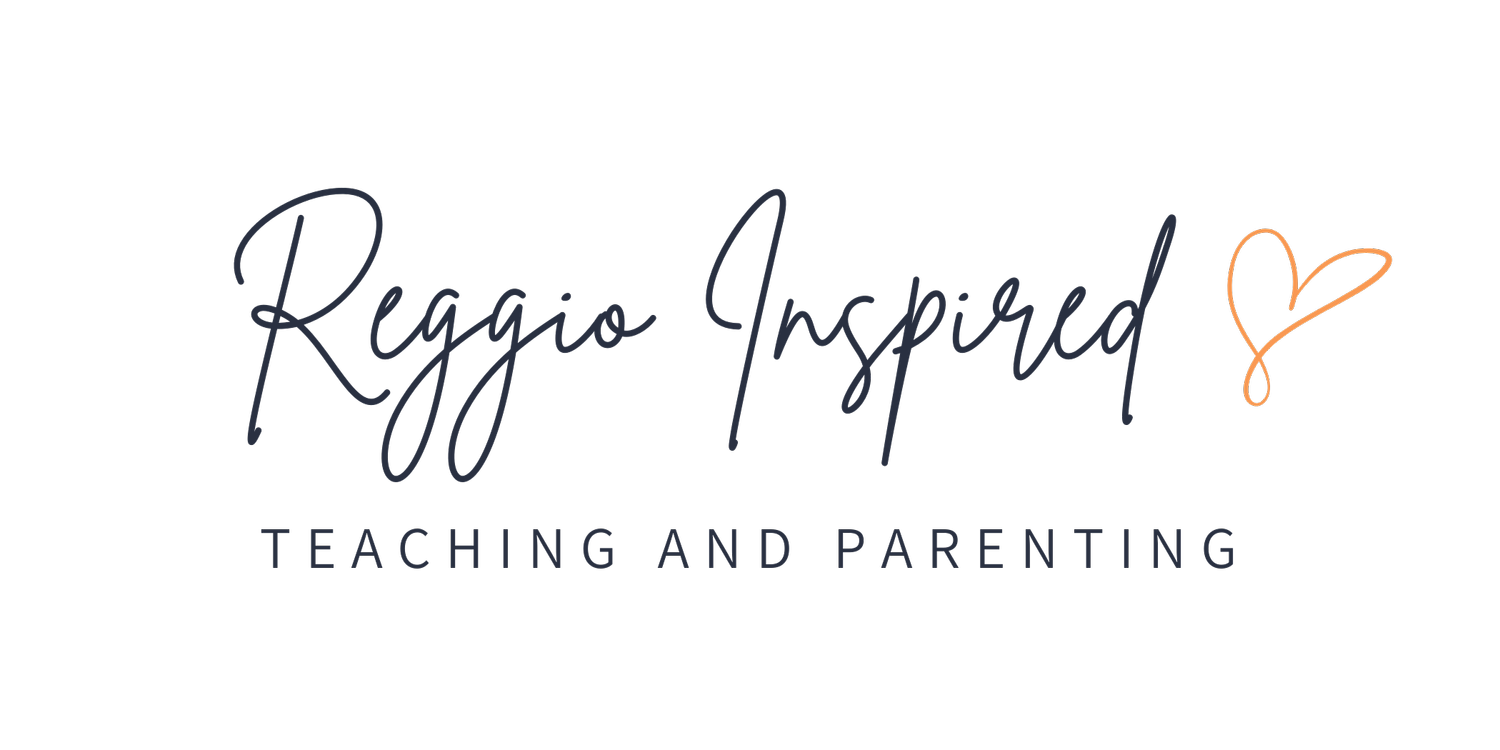How to Plan as a Reggio-Inspired Teacher
“It’s about what the children are trying to learn, not what the teacher wants them to learn.” – Margie Carter
One of the biggest shifts in the Reggio Emilia approach is rethinking how teachers plan. Instead of following a prescribed curriculum or preparing lessons weeks in advance, Reggio-inspired teachers focus on listening, observing, and co-constructing learning experiences alongside children.
At first, this can feel uncomfortable. When I began teaching in a Reggio-inspired classroom, I often created projects that reflected my agenda rather than my students’ true interests. Over time, I learned to be at peace with uncertainty — waiting, observing, and letting children’s ideas lead the way. That’s when extraordinary experiences began to unfold.
Planning in Reggio Emilia: The Teacher as Researcher
In Reggio-inspired practice, teachers are seen as researchers. Their role is not to direct learning but to remain curious about what children are exploring. This means:
Holding a strong image of the child as capable and full of potential
Asking, “What are the children trying to learn?”
Providing open-ended provocations with flexible materials
Observing from the child’s perspective to understand their experience
Staying curious about what might happen next
When teachers shift from “What do I want to teach?” to “What are children learning right now, and where might it go?” they become partners in the learning journey.
The Cycle of Observation and Documentation
Reggio-inspired planning is not static. It’s a cycle of observation, documentation, and response that evolves with the children’s interests.
Teachers:
Observe – Watch and listen to children closely.
Record – Take notes, photos, or videos to capture their words, play, and interactions.
Analyze – Reflect on what the observations reveal about children’s thinking.
Represent – Share learning through documentation panels, portfolios, or Learning Stories.
Respond – Plan the next steps, provocations, or questions based on what the children are showing interest in.
Rather than planning months in advance, teachers define broad goals and remain open to all the directions children may take.
Practical Tips for Planning as a Reggio Teacher
If you’re new to Reggio-inspired planning, here are a few ways to get started:
Start small – Don’t plan too far ahead; focus on a few days at a time.
Stay present – Ground yourself in the “now” and notice what excites children.
Ask open-ended questions – Invite children to explain their thinking.
Be flexible – Allow projects to shift and evolve naturally.
Trust the process – Extraordinary learning happens when you let go of rigid outcomes.
Here are a couple of practical tools to support your planning process:
Anecdotal notes – Keep simple notes on your daily observations of children. These quick records help you capture ideas, interests, and emerging themes. You can also just have a notebook where you write things down.
Mind maps – When you notice a theme or topic developing, create a mind map of possible directions, materials, or provocations you could introduce.
I used these strategies often when I was teaching. They allowed me to step back, reflect on what I observed, and brainstorm ways to extend the children’s learning in meaningful, open-ended ways.
Example of a mind map for a bread investigation.
Final Thoughts
Planning as a Reggio-inspired teacher means embracing curiosity, observation, and flexibility. Instead of controlling every detail, you co-create the learning journey with children, honoring their voices and ideas along the way.
If you’d like more practical strategies and tools, our Reggio-Inspired Educator’s Course outlines step-by-step methods for observation, documentation, and planning around children’s interests. It’s designed to support teachers who want to confidently bring the Reggio philosophy to life in their classrooms.
About the Authors:
Megan Haynes and Priscilla Patti are two highly experienced and qualified early childhood educators who are passionate about teaching in a Reggio-Inspired way. They firmly believe in its transformative power in early childhood education. The authors share firsthand accounts of their experiences utilizing the Reggio Emilia Approach in Fort Collins, Colorado.





